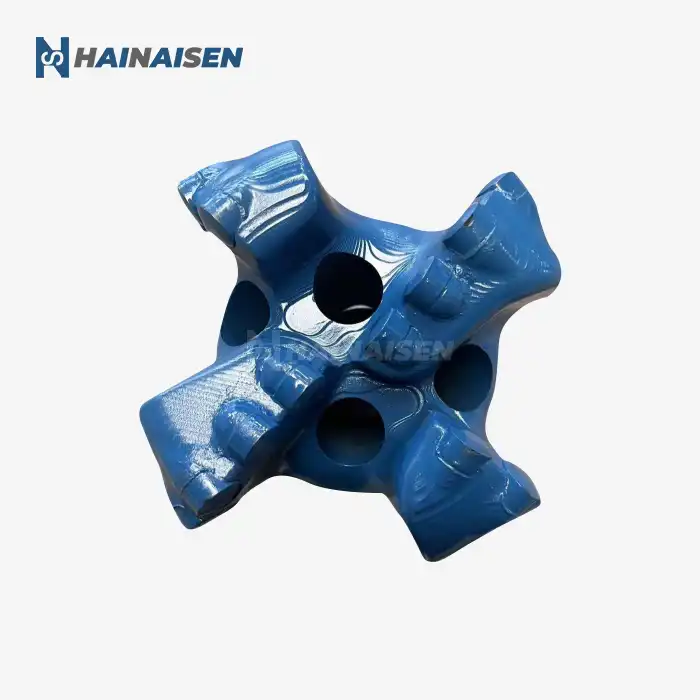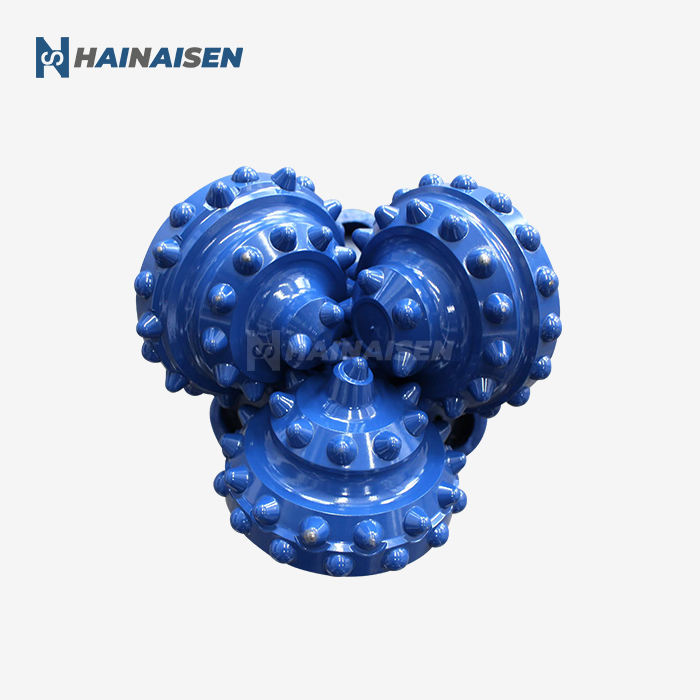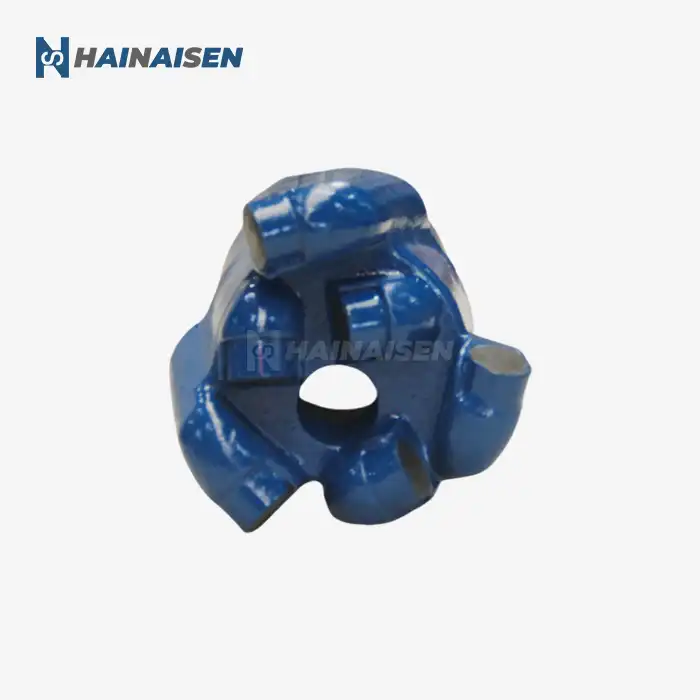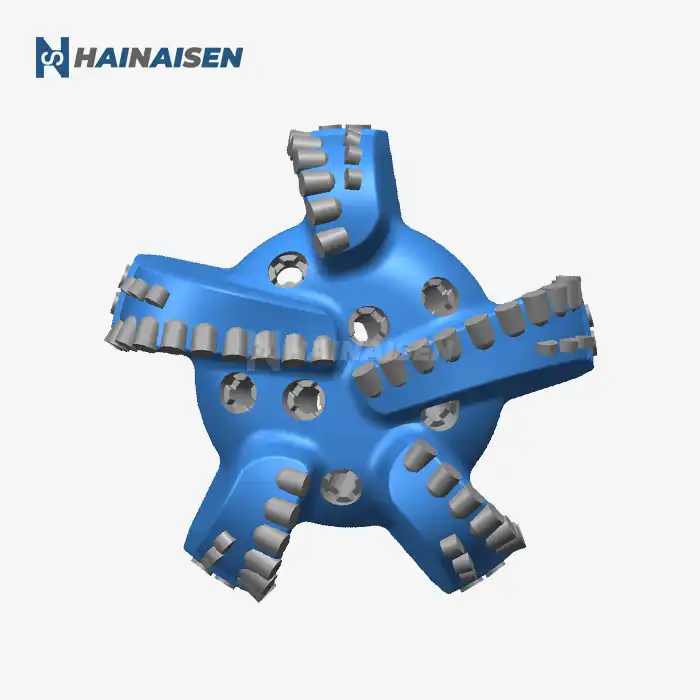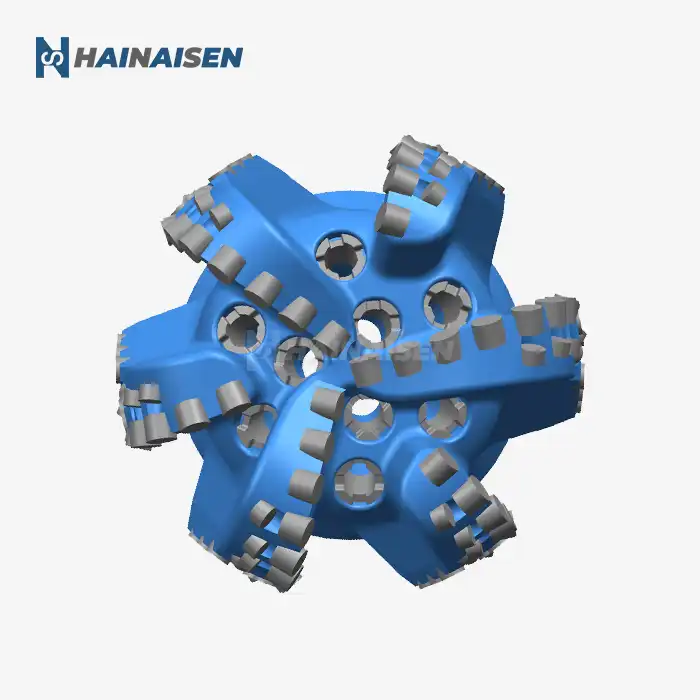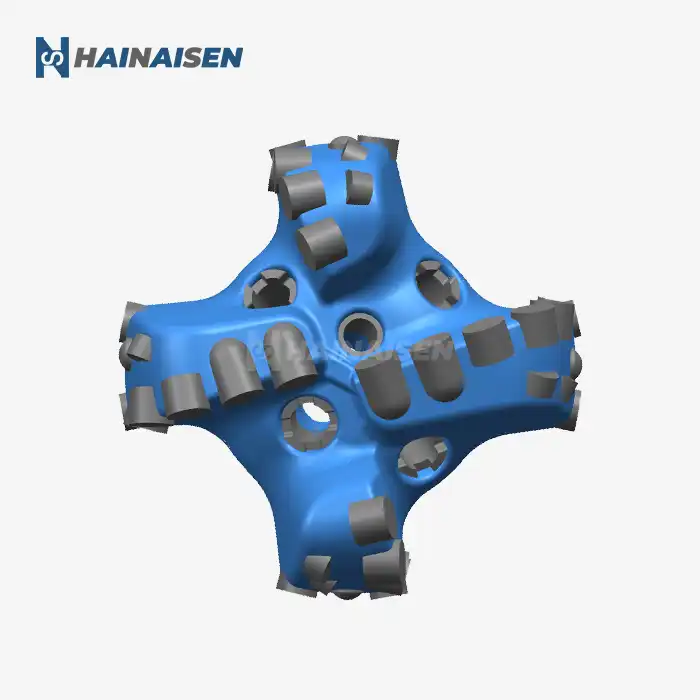What makes 3-blade bits ideal for soft formations?
Special features in the 3 Blades PDC Rock Bit make it great for soft rock shapes. Due to fewer blades than traditional bits, the junk holes are bigger, which is important for efficiently removing cuttings in soft rocks. In soft rock formations, where cuttings can build up and slow down drilling, bit balling is a typical problem that this design feature stops.
Enhanced Cutting Structure
Bigger PDC cuts can be used with the three-blade design, which works especially well in soft rocks. With each turn, these bigger cuts make the bit more aggressive, which lets it go deeper into the material. This makes the drilling process more efficient and gives higher rates of penetration (ROP) than bits with more blades.
Optimized Hydraulics
The 3-blade version is more hydraulically efficient because it has fewer blades. The bigger spaces between the blades allow more fluid to flow, which makes it easier for the bit to clean the bottomhole and get rid of the cuttings. This is especially helpful in soft formations where drilling success depends on effectively cleaning the hole.
Reduced Weight on Bit Requirements
When drilling in soft rocks, you usually need less weight on the bit (WOB). The 3-blade design takes advantage of this by spreading the force over fewer cutting parts, which makes the points load more. This makes it possible to remove rocks effectively even at lower WOB, which makes the whole process more efficient and less stressful on the drilling tools.
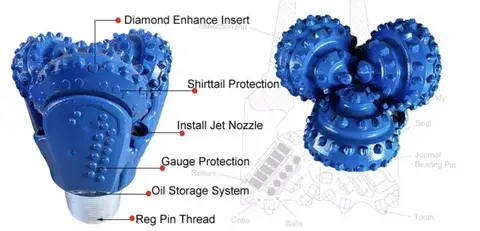
Performance traits of 3-blade design in low-hardness rock
The performance of the 3 Blades PDC Rock Bit in low-hardness rock is characterized by several key traits that set it apart from other bit designs.
Rapid Penetration Rates
Highly effective at penetrating soft rock, the three-blade design is the best choice. When you combine bigger PDC cutters with better placement of the blades, you get forceful cutting action that fastens the drilling process. Within thick layers of soft rock, this quick penetration is especially helpful, as time savings can have a big effect on the total project costs.
Smooth Drilling Response
Even though it can cut very deeply, the 3-blade design does not cause any problems when digging in soft rock. The blades are arranged in a way that makes them evenly spread forces. This lowers vibration and creates a stable base for consistent performance. This smoothness makes it easier to control the direction of the drill and keeps the bit and drilling equipment from wearing out as quickly.
Adaptability to Formation Changes
Soft rock formations can often contain interbedded layers of varying hardness. The 3-blade design demonstrates excellent adaptability to these formation changes. The larger junk slots and optimized hydraulics allow the bit to efficiently clear cuttings from both soft and slightly harder intervals, maintaining performance across transitional zones.
Enhanced Durability in Abrasive Environments
While designed for soft rocks, the 3-blade PDC bit also shows impressive durability in abrasive environments often associated with certain soft formations. The reduced number of blades allows for the use of more robust blade structures and larger, more wear-resistant PDC cutters. This design choice extends the bit life even when encountering occasional abrasive sections within predominantly soft formations.
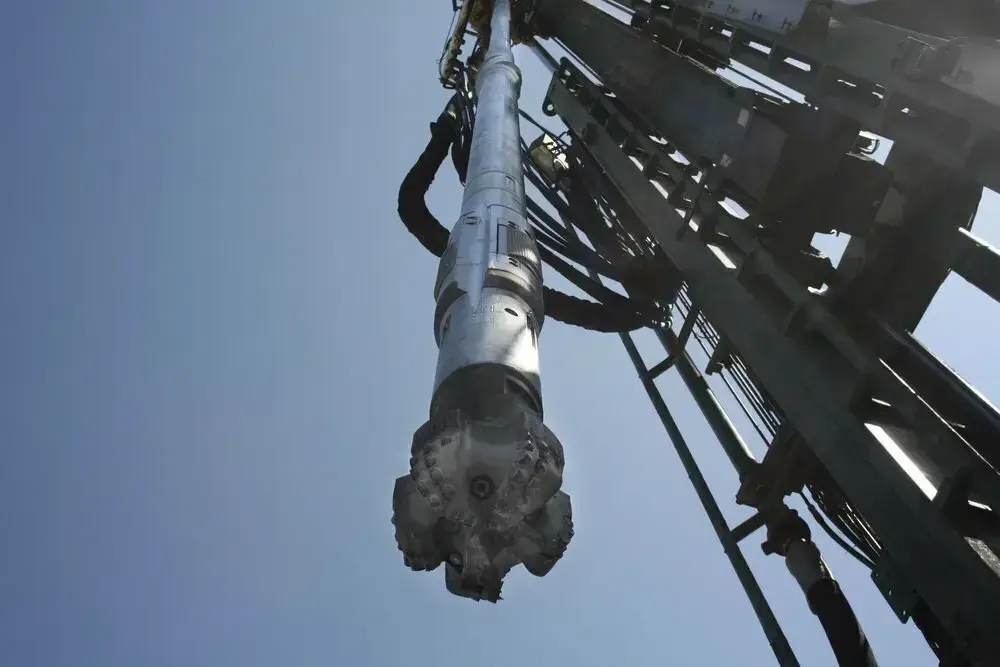
Efficiency and stability benefits in soft-rock PDC drilling
The 3 Blades PDC Rock Bit offers significant efficiency and stability benefits that are particularly advantageous in soft-rock drilling operations.
Improved Drilling Efficiency
The efficiency gains provided by the 3-blade design are substantial in soft-rock environments. The larger cutter size and optimal blade placement result in more effective rock removal with each rotation. This translates to higher rates of penetration and reduced drilling time, ultimately leading to cost savings for operators.
Enhanced Stability During Operation
Stability is a key part of keeping drilling performance uniform. The balanced design of the three-blade setup makes it very stable in soft rock formations. When forces are evenly spread across the three blades, there are fewer side movements. This makes bit whirl and other problems that can happen during drilling less likely to happen.
Optimized Energy Transfer
The three-blade design makes it easier for the drill string to send energy to the rock formation. Because there are fewer blades, each cutting structure can dig deeper into the rock, making better use of the bit's weight and power. This optimized energy transfer makes drilling more efficient and may even lower the amount of power needed at the top.
Consistent Bottomhole Patterns
When drilling in soft rock, it's important to keep the bottomhole pattern consistent for better direction control and total drilling performance. The balanced cutting structure of the 3-blade PDC bit makes it great at making even bottomhole patterns. This stability helps keep the wellbore moving in the right direction and can lead to better hole quality.
Reduced Differential Sticking Risk
When there are changes in pressure, the drill string can get stuck against the wall of the hole in soft formations. This is called differential sticking. Because the 3-blade design has bigger junk holes and better hydraulics, it lowers this risk by improving circulation and cutting down on the area where the bit touches the wellbore.
Conclusion
When you need to drill through soft rock, the 3 Blades PDC Rock Bit is a great choice. Because of the way it was designed, it cuts more efficiently, is more stable, and works best in difficult forms. By using this new bit design's benefits, operators can get faster entry rates, better wellbore quality, and, in the end, cheaper drilling operations in soft rock areas.
FAQ
1. What are the main applications for 3 Blades PDC Rock Bits?
3 PDC Blades Rock Bits are mostly used in soft to medium-soft rock layers. They work really well for tasks like digging for oil and gas, coal bed methane, geothermal wells, and building water wells. Because of how they're made, they work especially well in forms where fast penetration and effective cuttings removal are very important.
2. How does the 3-blade design improve drilling efficiency?
The 3-blade shape makes drilling more efficient by letting bigger PDC cutters and more junk slot space. This setup makes the cutting action more violent, the penetration rates faster, and the hydraulics better so the hole can be cleaned better. The design also calls for a bit with less weight, which makes the drilling tools less stressed.
3. Can 3 Blades PDC Rock Bits handle formation changes?
Yes, 3 Blades PDC Rock Bits are designed to handle moderate formation changes. Their optimized hydraulics and larger junk slots allow them to efficiently clear cuttings from both soft and slightly harder intervals. However, for significant formation changes, it's best to consult with a drilling engineer to ensure optimal bit selection.
4. What maintenance is required for 3 Blades PDC Rock Bits?
While 3 Blades PDC Rock Bits are designed for durability, regular inspection and maintenance are essential. This includes checking for wear on the PDC cutters, ensuring the nozzles are clear of debris, and inspecting the bit body for any damage. Proper cleaning after each use and storage in appropriate conditions will help extend the bit's lifespan.
3 Blades PDC Rock Bit Manufacturers | HNS
Looking for high-quality 3 Blades PDC Rock Bits for your drilling operations? Look no further than Shaanxi Hainaisen Petroleum Technology Co., Ltd. As a leading manufacturer and supplier of advanced drilling tools, we offer a wide range of 3 Blades PDC Rock Bits designed to maximize your drilling efficiency in soft-rock formations. Our state-of-the-art manufacturing facility and dedicated R&D team ensure that each bit meets the highest standards of quality and performance. Whether you're a large oil service company seeking long-term partnership or a smaller water well drilling team looking for cost-effective solutions, we have the expertise to meet your specific needs. Don't let suboptimal drilling tools hold back your projects – contact us today at hainaisen@hnsdrillbit.com to discuss how our 3 Blades PDC Rock Bits can enhance your drilling operations and drive your success.
References
1. Smith, J.R. (2020). Advanced PDC Bit Designs for Soft-Rock Drilling. Journal of Petroleum Technology, 72(5), 45-52.
2. Johnson, A.B., & Brown, T.C. (2019). Comparative Analysis of 3-Blade vs. Multi-Blade PDC Bits in Soft Formations. SPE Drilling & Completion, 34(3), 217-229.
3. Garcia, M.L., et al. (2021). Optimizing Drilling Parameters for 3-Blade PDC Bits in Various Soft-Rock Environments. International Journal of Rock Mechanics and Mining Sciences, 138, 104648.
4. Thompson, R.S. (2018). Hydraulic Optimization of 3-Blade PDC Bits for Enhanced Cuttings Removal in Soft-Rock Drilling. SPE Journal, 23(4), 1372-1385.
5. Lee, K.H., & Park, S.Y. (2022). Stability Analysis of 3-Blade PDC Bits During Soft-Rock Drilling Operations. Journal of Petroleum Science and Engineering, 208, 109746.
6. Wilson, D.A. (2020). Economic Impact of 3-Blade PDC Technology in Soft-Rock Drilling Projects. SPE Economics & Management, 12(3), 180-192.




